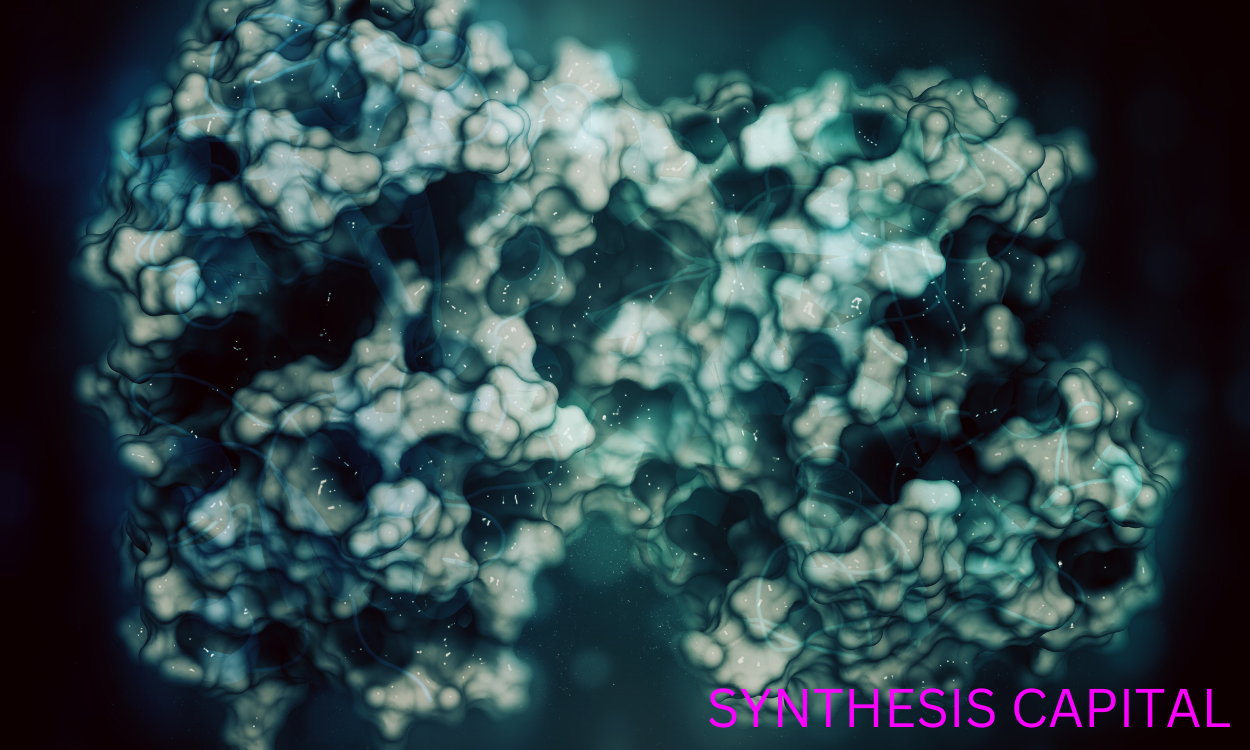Protein extraction from animal tissue is a critical step in various biochemical and molecular biology experiments. This process involves breaking down the complex cellular structure of the tissue to release and isolate proteins for further analysis. Several methods can be employed for protein extraction, depending on the type of tissue and the desired outcome. The extracted proteins can provide valuable insights into cellular processes, disease mechanisms, and drug development. In this article, we will discuss the general principles and techniques involved in protein extraction from animal tissue.
Animal Tissue for Protein Extraction Protocol
The protein extraction protocol in this study specifically utilizes muscle tissue from rats as the primary source of animal tissue. This type of tissue is chosen due to its high protein content and relative ease of extraction, making it an ideal choice for obtaining the desired proteins for analysis and further research.

Recommended Method for Breaking Down Tissue: Homogenization
One recommended method of homogenization for breaking down tissue is mechanical homogenization, which involves physically disrupting the tissue using a homogenizer or blender. This method allows for efficient and thorough disruption of the tissue structure, making it easier to extract proteins, DNA, RNA, and other biomolecules for analysis. Mechanical homogenization is particularly useful for processing tough or fibrous tissues, as it can effectively break down the tissue into smaller particles without altering the chemical composition of the samples. Additionally, this method can be easily scaled up for processing multiple samples simultaneously, making it ideal for high-throughput applications in research laboratories.
Methods for Determining Protein Concentration in an Extracted Sample
The protein concentration in an extracted sample is typically determined using various methods such as the Bradford assay, Lowry assay, or bicinchoninic acid (BCA) assay. These assays involve mixing the extracted sample with a specific reagent that interacts with proteins to produce a color change, which can then be measured spectrophotometrically. The intensity of the color change is directly proportional to the concentration of protein in the sample, allowing for accurate quantification of protein levels. Additionally, protein concentration can also be determined using gel electrophoresis followed by densitometry analysis, where the intensity of protein bands on the gel correlates with the amount of protein present in the sample.
Are there any particular buffers or reagents that are essential for successful protein extraction?
Yes, there are several buffers and reagents that are essential for successful protein extraction. Some of the most commonly used ones include lysis buffers, which help break down cell membranes and release proteins; protease inhibitors, which prevent protein degradation during extraction; reducing agents, which break disulfide bonds in proteins; and detergents, which help solubilize membrane-bound proteins. Additionally, salt solutions are often used to stabilize proteins and maintain their native structure during extraction. Overall, using the right combination of buffers and reagents is crucial for obtaining high-quality protein samples for further analysis.
What is the optimal temperature and duration for the protein extraction process?
The optimal temperature and duration for protein extraction process can vary depending on the specific characteristics of the protein being extracted. In general, most proteins are best extracted at temperatures between 4°C to 37°C, with some proteins requiring higher temperatures up to 60°C. The duration of the extraction process typically ranges from 30 minutes to 2 hours, with longer durations often resulting in higher yields but also potentially leading to denaturation or degradation of the protein. It is important to conduct preliminary experiments to determine the ideal temperature and duration for the specific protein of interest in order to achieve maximum extraction efficiency while maintaining protein stability and integrity.

How is potential contamination from other cellular components minimized during the extraction process?
During the extraction process, potential contamination from other cellular components is minimized through various techniques such as centrifugation, filtration, and differential solubility. Centrifugation separates the different components of the cell based on their size and density, allowing for the isolation of the desired component. Filtration can be used to remove larger particles or debris that may interfere with the extraction process. Additionally, differential solubility can be utilized to selectively dissolve the target component while leaving behind unwanted contaminants. These methods help ensure a more pure and accurate extraction of the desired cellular component.
Is there a preferred method for storing the extracted proteins for future use?
There are various methods for storing extracted proteins for future use, but the preferred method often depends on the specific characteristics of the proteins and the intended use. Some common storage methods include freezing at ultra-low temperatures (-80°C or lower) to preserve protein stability, lyophilization (freeze-drying) to remove water and prolong shelf life, or storing in buffered solutions to maintain proper pH and prevent degradation. It is important to consider factors such as protein stability, potential interactions with storage buffers, and the intended duration of storage when determining the best method for preserving extracted proteins for future use.
Are there any troubleshooting tips for common issues encountered protein extraction protocol from animal tissue during protein extraction from animal tissue?
Some troubleshooting tips for common issues encountered during protein extraction from animal tissue include ensuring proper homogenization of the tissue to break down cell walls and release proteins, using a suitable buffer to maintain protein stability and prevent degradation, avoiding over-shearing of proteins during extraction which can lead to loss of activity, and optimizing the pH and temperature conditions to ensure protein extraction protocol from animal tissue efficient protein solubilization. Additionally, it is important to properly store tissue samples to prevent protein degradation prior to extraction, and to use fresh reagents and equipment to minimize contamination and ensure accurate results. If issues persist, consulting with experienced colleagues or referring to established protocols may help troubleshoot specific problems encountered during protein extraction.